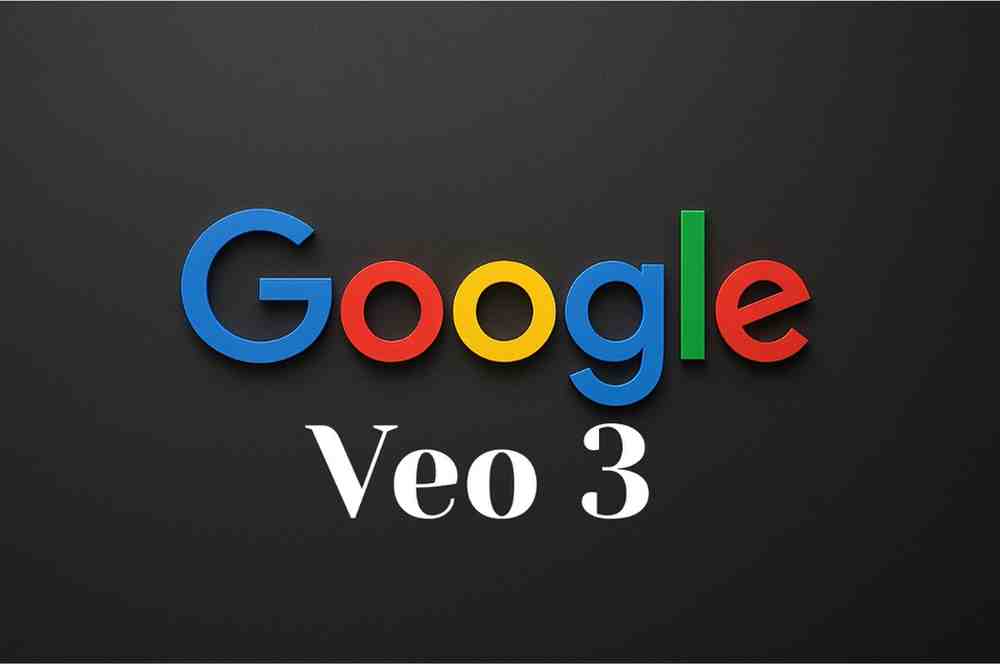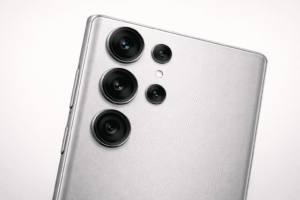Google’s Veo 3 lets creators create high-quality short videos from text prompts with native audio and platform-optimized formats. This accelerates ideas, reduces production costs, and makes social content creation faster and more experimental.
What Google Veo 3 actually does
At its core, Veo 3 converts text prompts into short, photoreal video sequences.
The model was engineered to deliver high fidelity visuals plus native audio (ambient sound, SFX, even dialogue) so you don’t have to stitch separate audio tracks after rendering.
It supports common production aspect ratios, and can now produce vertical video (9:16) as well as landscape 16:9 — which matters if your primary platform is TikTok, Reels, or Shorts.
Google also released faster/economical variants for scaled use (so you can iterate more cheaply during pre-production). In plain terms: great for concept reels, ads, hero shots, social shorts, and storyboards not yet a drop-in replacement for multi-minute, director-driven films.
Related articles: NatWest Launches Initiative to Back Indian Entrepreneurs
How Veo 3 Accelerates Content Creation and Simplifies Production
1. Speed & cost
You can prototype a concept in minutes. Instead of hiring location scouts, crew, and actors for a rough cut, you can test multiple creative directions with different visual styles and framing in much less time and cost. This speeds up idea generation and reduces barriers for independent creators.
2. Integrated audio
Native audio generation (ambient SFX, Foley-like sounds, and even synthetic dialogue) allows creators to seamlessly replicate VFX and storytelling without using separate audio tools. This reduces editing hassle and makes the output directly from the generator sound more “complete.”
3. Platform-first formats
With 9:16 vertical support and clear integration of YouTube Shorts, Veo 3 is designed for social-first distribution. This means creators can produce platform-optimized assets without any additional cropping or reediting a practical win for social media teams and solo creators.
Related articles: MSI Starts Manufacturing RTX-50 Series Laptops in Chennai — Here’s Why That’s Exciting
How Creators Can Use Veo 3 for Storyboarding, Ads, and Social Media Content
1. Rapid concepting
Write a 1-2 line prompt describing the scene, mood, and camera move (for example, “Golden hour close-up of a coffee cup on a windowsill in a rainstorm, handheld push-in, soft film grain, 6 seconds”). Create 3 variations, choose the best one, and use it to storyboard a longer shoot.
2. Ad production
For product hero shots, produce multiple camera angles and lighting setups via prompts instead of booking studio time. Use the fastest Veo 3 variant to iterate cheaply, then render the highest-quality variant for final delivery.
3. Shorts & reels
Create vertical 1080×1920 clips optimized for mobile and post directly to platforms that support AI-generated media integration (YouTube Shorts is already on the roadmap).
Veo 3 and Responsible AI: Watermarking, Attribution, and Content Safety
Google’s APIs and product documentation use safeguard watermarking/attribution tools to mark AI-generated content; this is important given regulatory and platform requirements related to synthetic media.
Creators should plan for disclosure and be aware of the risks of likeness, copyright, and misinformation especially if they are using real faces, public figures, or creating copyrighted product shots. Use built-in watermarking whenever possible and follow platform rules for labelled synthetic assets.
Limitations & when not to use Veo 3
Long-form narrative: Veo 3 is optimized for short high-quality clips; you’ll still need traditional production care (actors, continuity, multi-scene direction) for multi-minute narrative continuity.
Micro Performance Acting: Synthetic dialogue and lip-sync have improved, but for subtle acting you’ll still prefer human actors.
Copyright and likeness risks: Don’t create or monetize videos that imitate living persons without consent; check platform TOS and local laws.
Related articles: Snapdragon 8 Elite vs Tensor G5: The Ultimate Showdown of Next-Gen Smartphone Processors
Veo 3’s Role in Modern Video Production
Veo 3 compresses many parts of the production pipeline into a text prompt: concepting, basic cinematography, and provisional sound design.
For creators this is transformative for speed, experimentation, and small-budget production.
But it’s best seen as a powerful new tool in the workflow ideal for ideation, social assets, ads, and proof-of-concepts rather than a wholesale replacement for human-driven filmmaking.
If you’re producing short, platform-first content, Veo 3 deserves a spot in your toolkit now.







